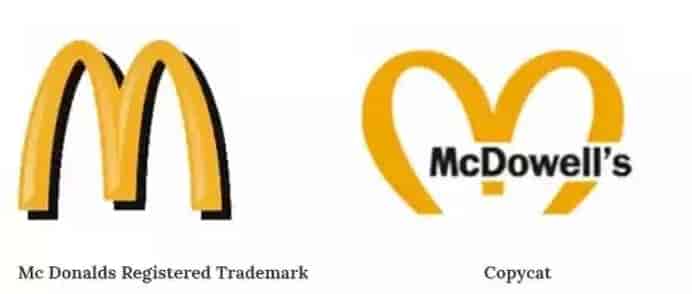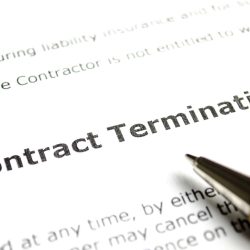This post is the part II of our last blog post “4 Secrets to Building Your Best Brand (Part I).”
In addition to start using your trademark as early as possible to obtain important trademark rights and start selling goods or services across state lines with your trademark to allow it to be regulated by the Trademark Act, here are two more secrets to help you build your best brand!
-
DON’T INFRINGE ON OTHERS’ MARKS
Trademark Infringement means a violation of the exclusive rights attached to a trademark without the authorization of the trademark owner or any licensees.
For example, situations like these: 
When evaluating whether two trademarks are confusingly similar, courts in the U.S. actually look at between nine to thirteen different factors to determine whether there is confusion that will cause trademark infringement. So when lawyers create trademark search reports, we look at those different elements and provide an analysis to prevent our clients from infringing others’ marks.
The two most important factors of this analysis are the following:
- The similarity or dissimilarity of the marks in their entireties as to appearance, sound, connotation, and commercial impression.
- The relatedness of the goods or services.
The greater the similarity between marks, the less related the goods or services have to be in order to support a finding of likelihood of confusion. Therefore, if two marks are identical or virtually identical, the respective goods or services need not be as close to finding a likelihood of confusion.
Other factors of this analysis include:
- The similarity of established, likely-to-continue trade channels.
- The conditions under which and buyers to whom sales are made, i.e., “impulse” vs. careful, sophisticated purchasing
- The number and nature of similar marks in use on similar goods
- The existence of a valid consent agreement between the applicant and the owner of the previously registered mark
- The fame of the prior mark
- Nature and extent of any actual confusion
- Concurrent use without evidence of actual confusion: length of time and conditions
Before you apply to register your trademark with the USPTO, you should search the USPTO’s trademark database – Trademark Electronic Search System (TESS) to see if any trademark has already been registered or applied for that is: similar to your trademark, used on related products or for related services, and live.
-
BE THE OWNER OF YOUR MARK
Copyrights are generally owned by the person who created the works of expression. Therefore, if you are not the creator of your trademark you may not be the actual owner of the mark!
If you are not the actual creator of a creative work, then the only way that you can acquire exclusive rights to the work is by having a signed and legally sufficient writing transferring some or all of those rights exclusively to you or your business. If the creative work is created by an employee in the course of his or her employment, the employer owns the copyright. If it is your independent contractor that created the work, then it depends on whether the independent contractor signed a written agreement stating that the work shall be “made for hire,” or enter into an assignment agreement with you.
It is important to note that, under California law, including a work made for hire clause in an independent contractor agreement with an individual will cause the California-based independent contractor to be considered a “statutory employee” under California’s workers’ compensation, unemployment insurance, and disability insurance laws.
Therefore, when you are creating your trademark, make sure you are the exclusive owner of your mark/logo when you hire an independent contractor to create it, by using work for hire agreement or a copyright assignment agreement and don’t forget to address potential worker classification issues!
If you need help with registering a new trademark with the USPTO, contact us today to discuss your trademark protection strategies with an experienced trademark attorney. Schedule an appointment with us to have a free initial consultation.





